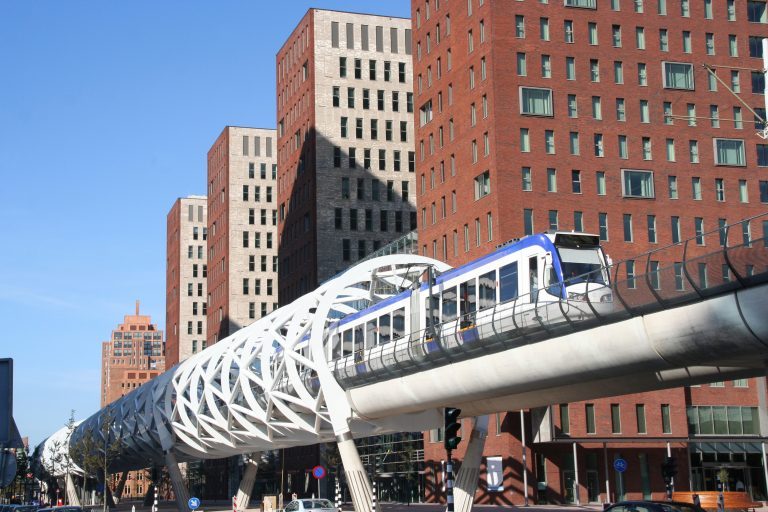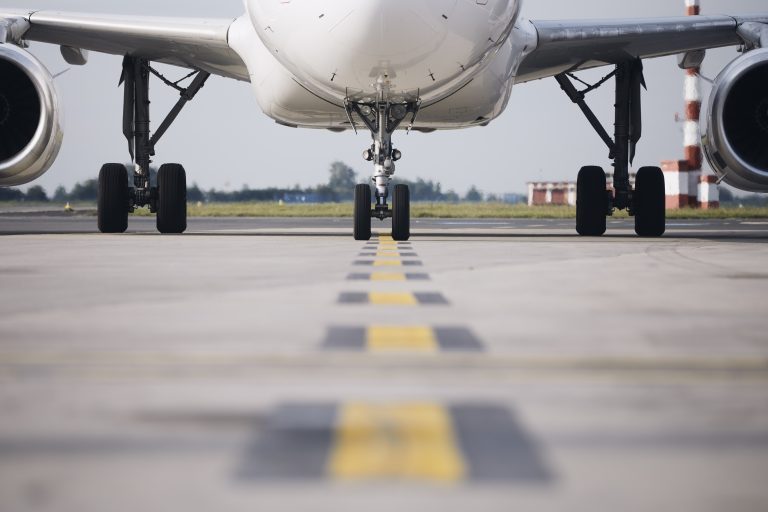Reducing greenhouse gas emissions from the transport sector means increasing rail traffic. In 2020, the European Commission set targets for doubling high-speed traffic by 2030, and tripling it by 2050 (ref. Europe’s Rail Joint Undertaking, Master Plan, October 2021). In this context, the contribution of aerodynamic noise from trains is set to increase in comparison to rolling noise. This paper presents calculation methods for estimating the contribution of aerodynamic noise generated by bogies.
Unsteady FW-H simulation of aerodynamic noise of a high-speed train bogie
Contribution of aerodynamic noise generated by bogies

Authors
Martin Rissmann, Romain Leneveu
Vibratec – Railway Business Unit,
28 chemin du Petit Bois, 69130 Ecully, France
Claire Chaufour, Alexandre Clauzet, Fabrice Aubin
SNCF Voyageurs – Centre d’ingénierie du matériel,
4, allée des Gémeaux, 72100 Le Mans, France
ABSTRACT
Aerodynamic noise is generated by interaction of the air flow with an object and by the turbulent flow itself. In railways it becomes a significant noise source for speeds above 250 kph and major areas of noise generation on trains, in particular high speed trains, are the train head, the leading and second bogie, the pantograph and the gaps between trailers.
This paper presents a numerical simulation approach based on CFD/CAA techniques aiming to predict aerodynamic noise of different components of SNCF’s TGV high speed trains.
The approach is based on an unsteady DES flow simulation combined with the Ffowcs-Williams and Hawkins (FW-H) analogy for the acoustic part. In order to develop the method different models are implemented and the leading bogie was selected as an application case. A simplified symmetric model will be compared against a full, higher resolved model in order to see if computation time gains are feasible. Results of this simulation, in terms of sound power and directivity, are already used by SNCF noise experts in order to estimate pass-by noise levels of TGV high speed trains at the noise emission point.

Unsteady FW-H simulation of aerodynamic noise of a high speed train bogie
Consult the full publication















